The Mitsubishi Outlander Plug-in Hybrid has been unveiled at the Paris motor show. It is the first in a series of vehicles that the Japanese manufacturer is planning as part of a major electric and hybrid vehicle offensive over the next three years.
Mitsubishi refers to the Outlander PHEV as having 'no-compromise EV-specific architecture'.
It has three power sources - a 2.0-litre petrol engine, plus 60kW electric motors on the front and rear axles - and can run in three modes. As a pure EV, it has a maximum range of approximately 35 miles and a top speed of 75mph.
It can also run as a series hybrid, where the petrol engine kicks in to act as a generator, providing extra power to the electric motors and recharging the battery at the same time. This drive mode is used when battery power is low or when rapid acceleration is required.
The Outlander PHEV can also act as a parallel hybrid, where the petrol engine drives the front wheels with support from the twin electric motors.
As well as the variable drive modes, the Outlander PHEV can be switched between manually selectable 'Eco' and 'Normal' settings, with the former putting a great emphasis on fuel economy. The driver can also activate a 'Battery Charge Mode' which forces the engine to kick in to generate charge for the battery. The 4x4 also has a kinetic energy recovery system where the electric motors act as generators under braking.
The battery pack can be fully charged from an electric socket in four hours, or can be quick-charged in 30 minutes.
Mitsubishi claims the Outlander PHEV can offer a range of more than 540 miles in addition to CO2 emissions as low as 49g/km (depending on which drive mode is engaged) and fuel consumption of more than 172mpg.
The Outlander PHEV doesn't have a conventional gearbox, driveshaft or any of the prop-shaft, clutch plate or hydraulic system used in standard 4WD systems. When the vehicle is working in Parallel Hybrid Mode, the petrol engine powers the front wheels through a gear train.
Mitsubishi says the next-generation Outlander, which will go on sale in Europe next year alongside more conventionally powered petrol and diesel variants, is the first mainstream car to be designed and built from the outset for either internal combustion engine (ICE) or Plug-in Hybrid (PHEV) powertrains.
By that it means it is not designed solely for one powertrain, or adapted from existing ICE technology. The main benefit, says Mitsubishi, is that batteries and EV components are efficiently packaged and do not impinge on the cabin space offered by ICE-powered variants.

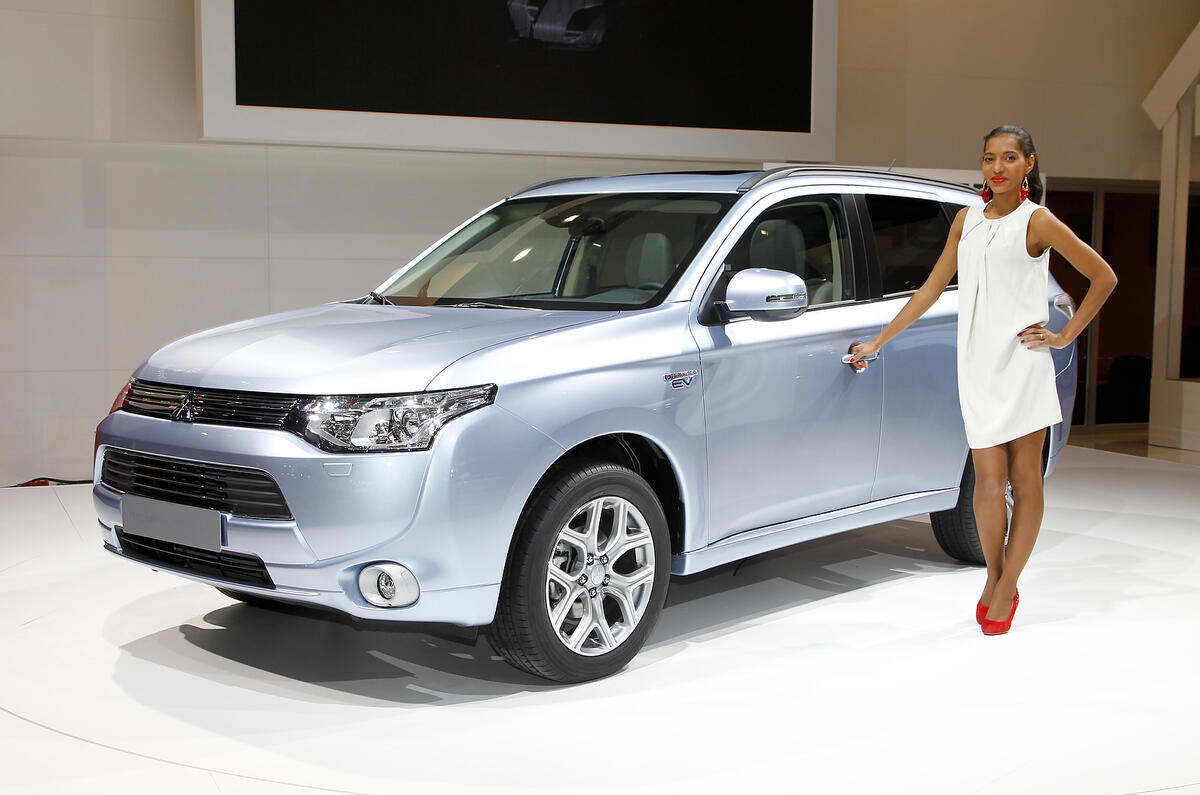
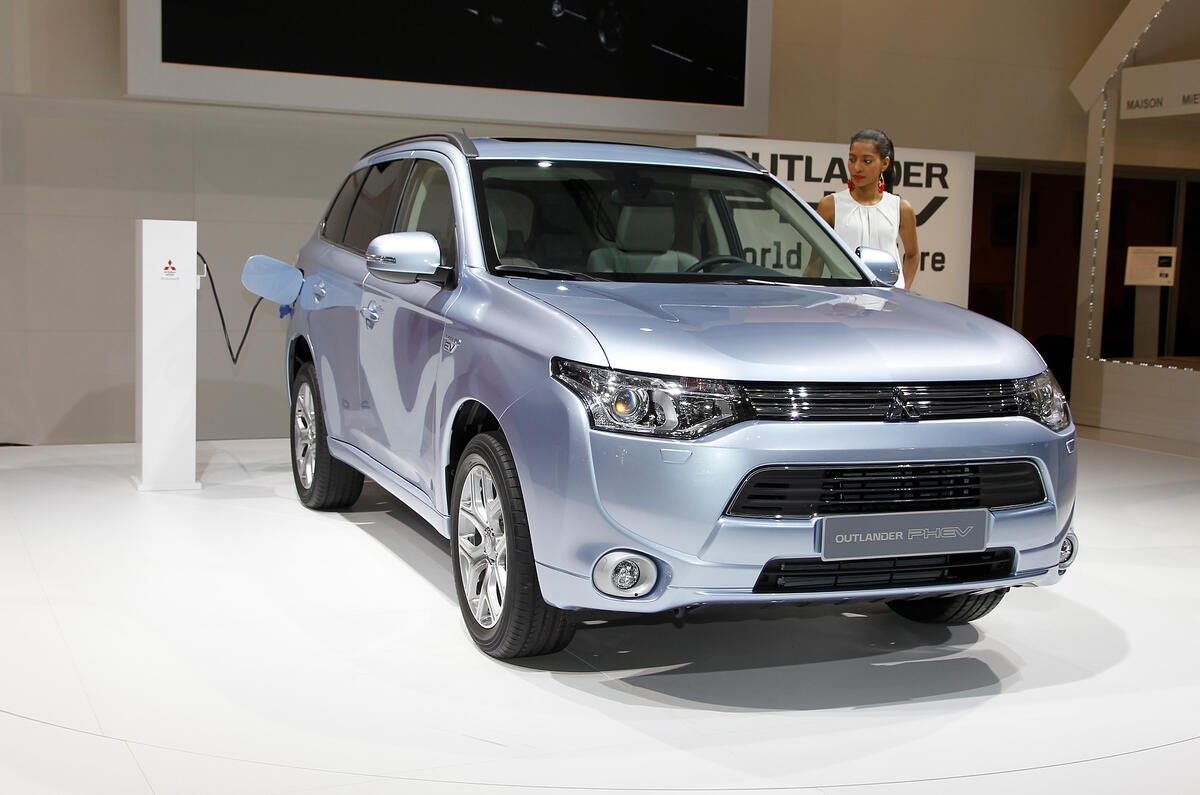

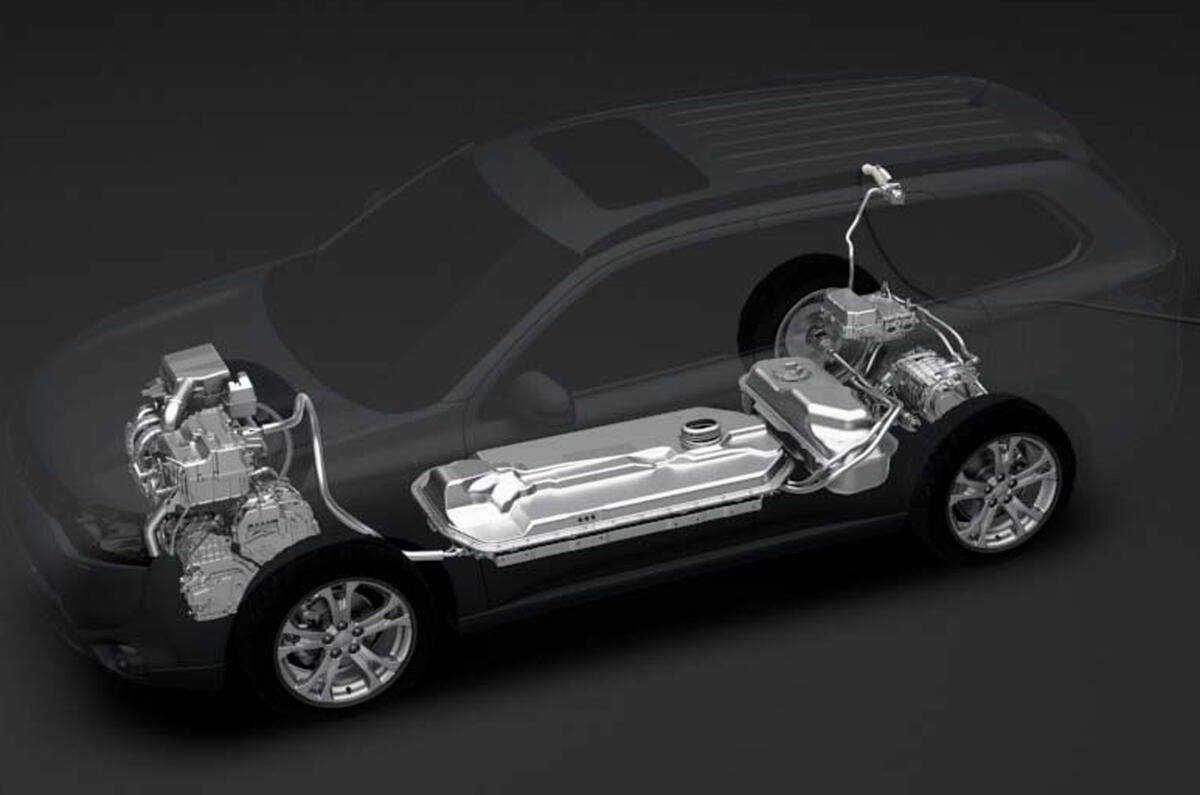
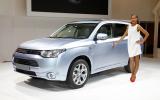
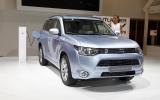
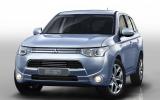
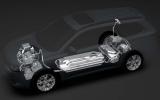


Join the debate
Add your comment
So is the Audi 'Dual Mode Hybrid' basically a copy of this?
Reading between the lines it seems that this is basically the same system as used for the A1 'dual mode hybrid' teased by Audi last week - with the addition of another electric motor for the rear axle?
I wonder if this potentially quite cheap system is set for widespread adoption now that both Toyota and VW have asserted that plug-in hybrids are the way forward for the foreseeable future?